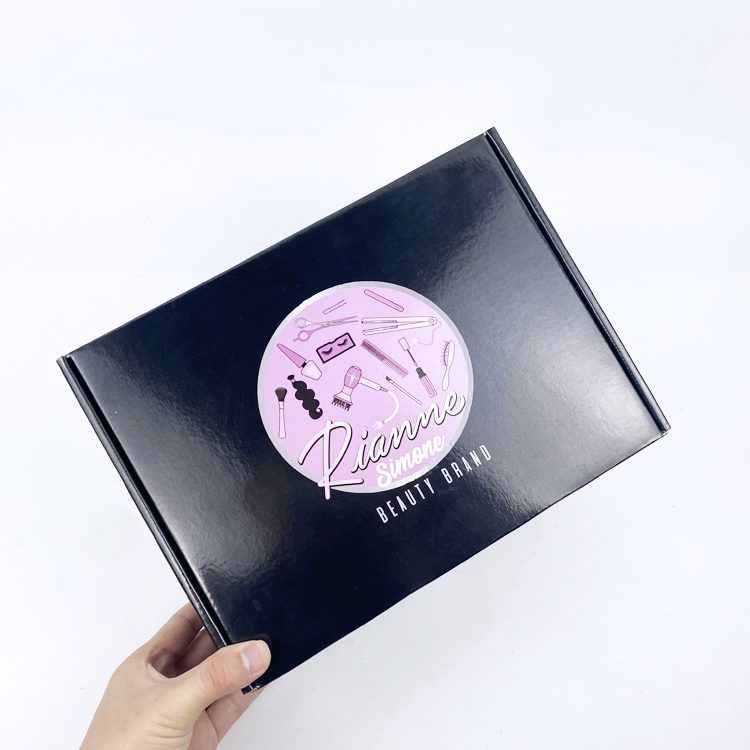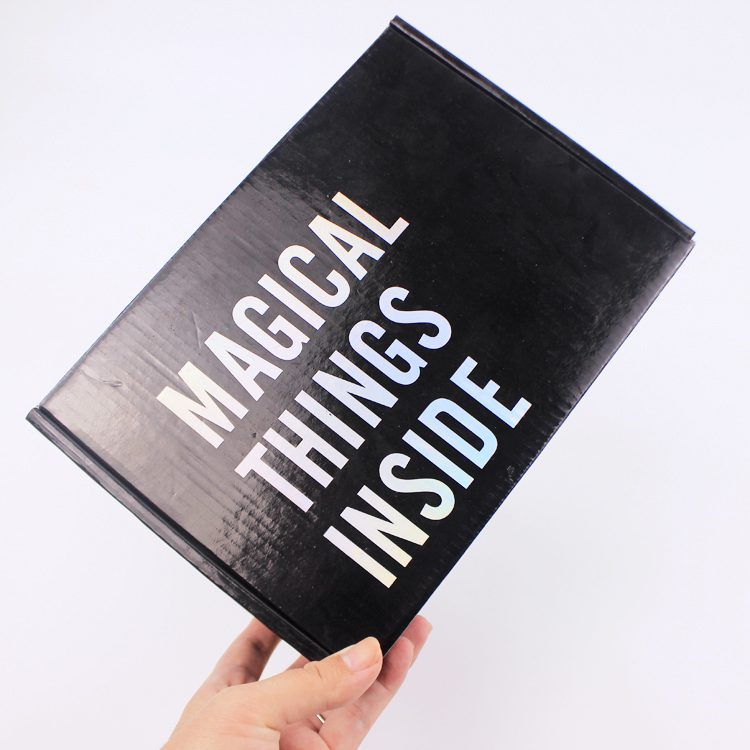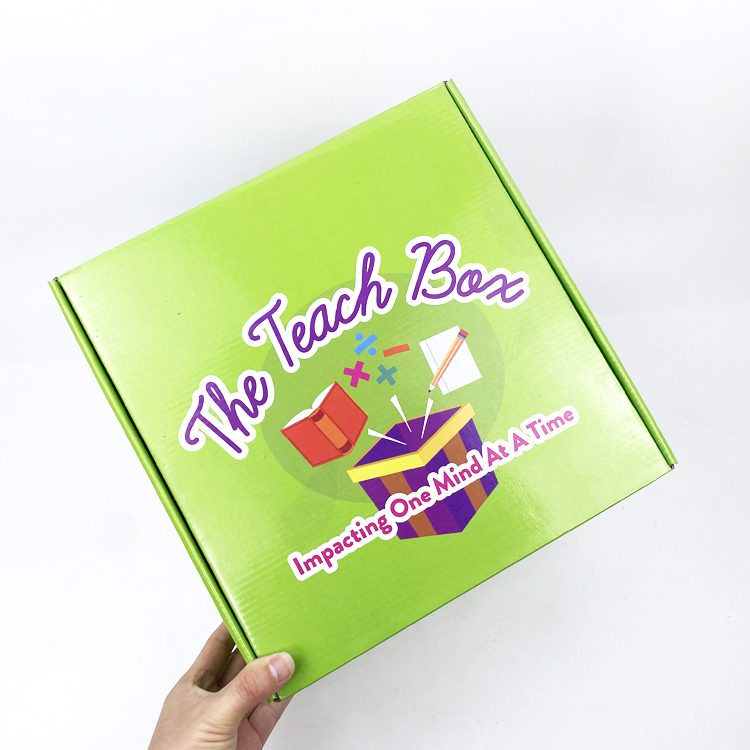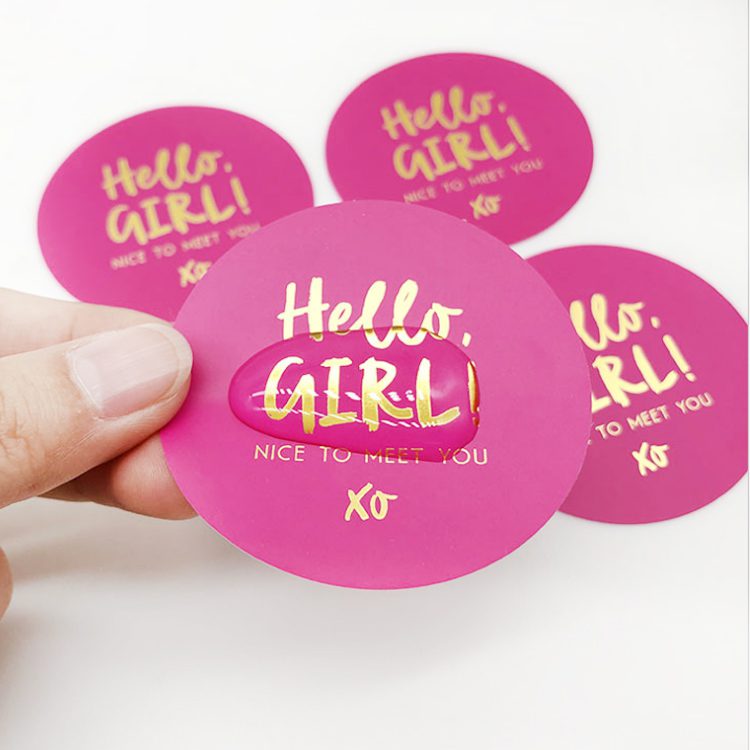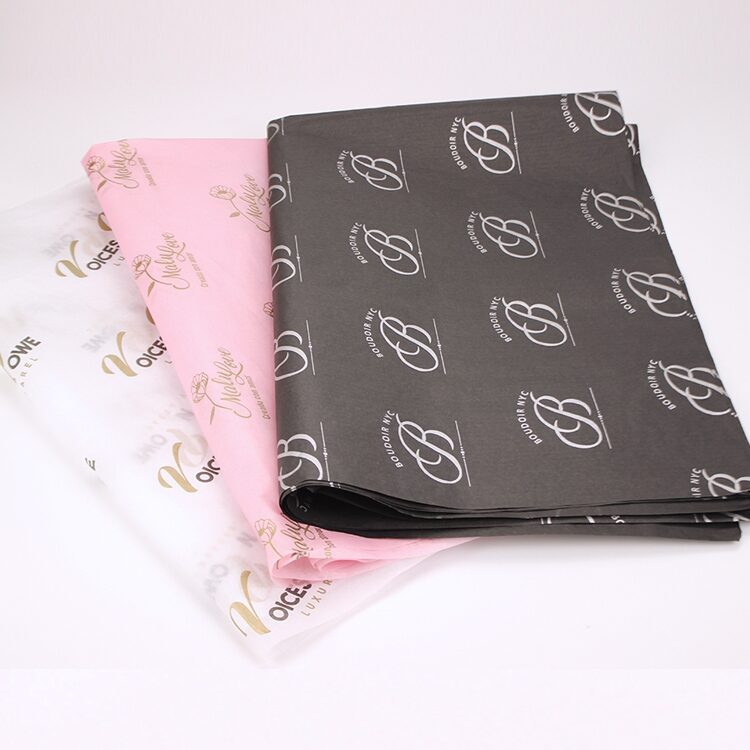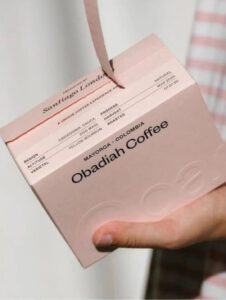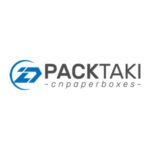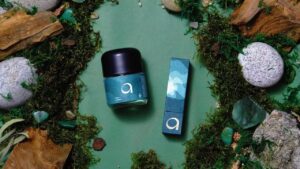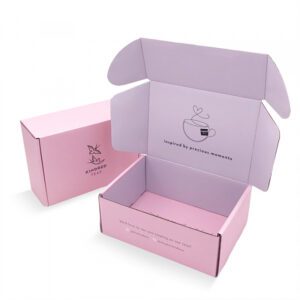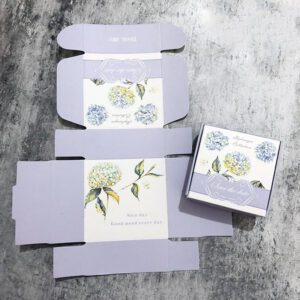Custom Design Printing Paper Shipping Box
Packaging serves as the first spokesperson for a product and is a crucial factor in helping brands stand out in the consumer market. Packaging design is not just a simple draft but a comprehensive packaging solution, involving the lamination process that addresses the durability and quality of the packaging, which cannot be overlooked.
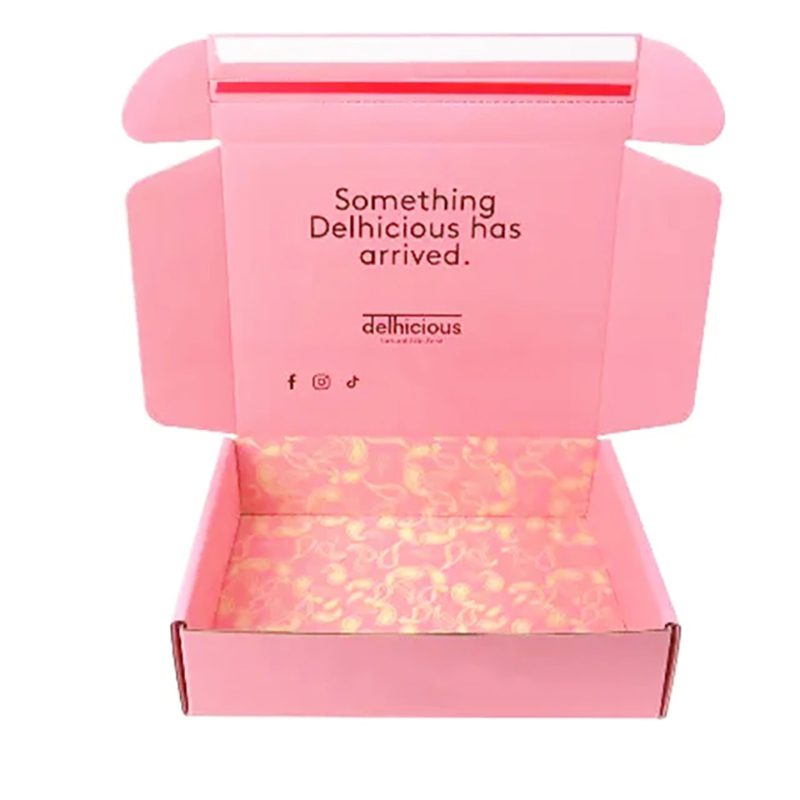
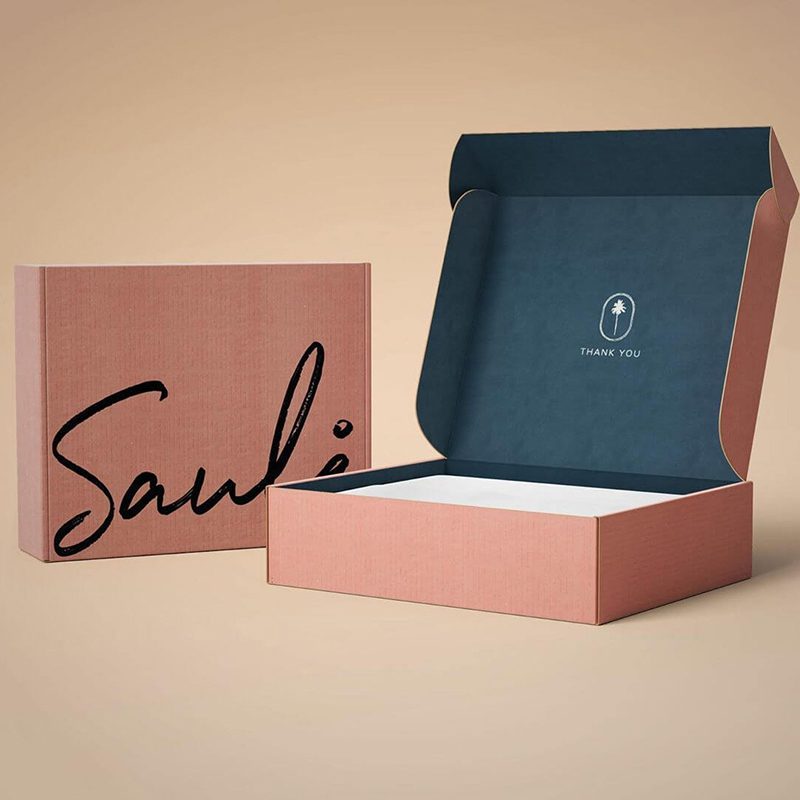
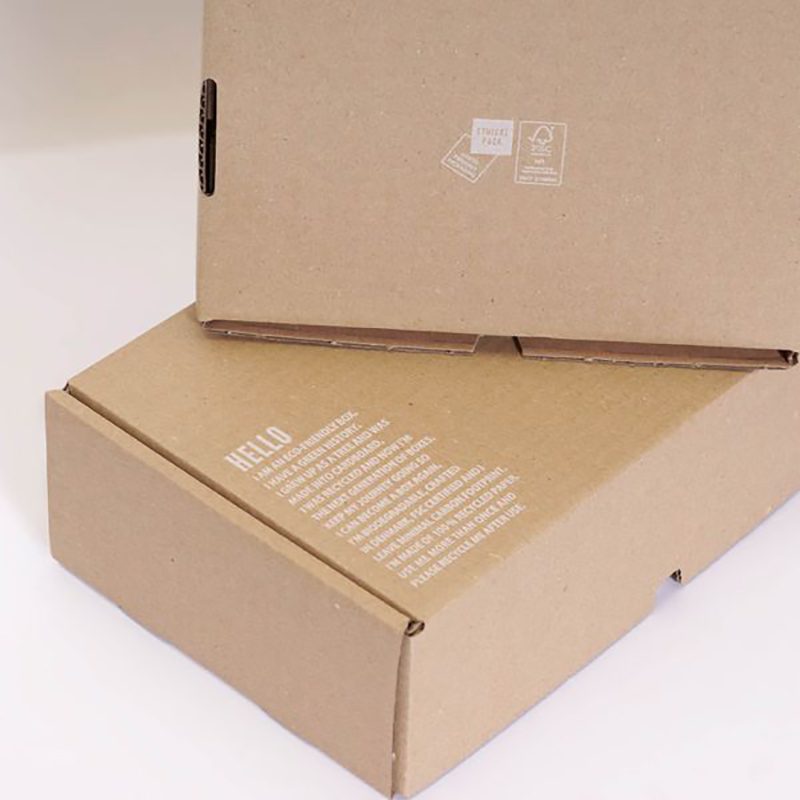
Definition
Laminering, also known as glazing, refers to the post-press processing technique where a transparent plastic film is laminated onto the surface of printed materials through heat and pressure, creating an integrated print and plastic processing technology. Lamination not only gives the packaging a smooth appearance but also helps prevent scratches and other damages.
Funktioner
The protective nature of lamination enhances the toughness of printed materials, safeguarding the printed colors and preventing abrasions and scratches.
Classification
Based on different lamination effects, commonly used films in daily printing and packaging include matte film, glossy film, scratch-resistant film, holographic film, and touch-sensitive film, among others. Matte film and glossy film are the most common ones. Matte film adds a sense of luxury to the packaging with its non-reflective matte finish, while glossy film makes the packaging more vibrant, enhancing its visual appeal.


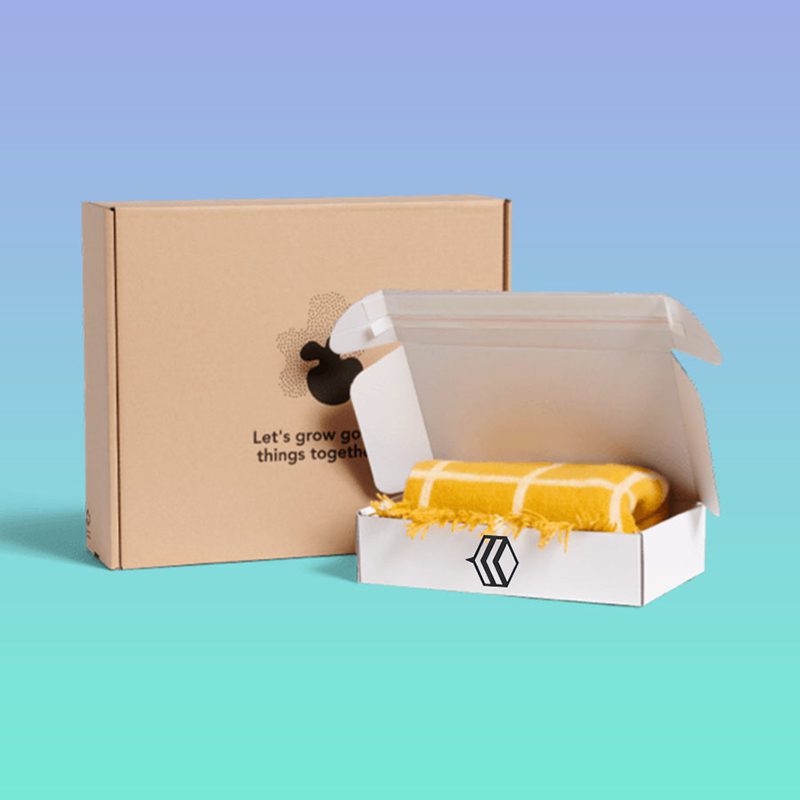
Matte or Glossy
Matte
Advantages
Matte lamination reduces glare and ensures the protection of packaging design, eliminating reflections from any angle. The matte surface treatment adds a certain level of richness and sophistication to the packaging, helping products stand out on the shelves.
Another benefit of matte lamination is its ability to conceal minor defects in the packaging material and enhance the tactile experience of the packaging. This is particularly useful for materials made from recycled packaging or custom packaging that must endure rough handling.
Disadvantages
While it softens colors, it can make them appear dull and reduce the vibrancy of images on the packaging. Dessutom, it is not as durable as glossy film and is more susceptible to scratches.
In summary, matte lamination is an ideal technique when a textured and understated appearance is desired.
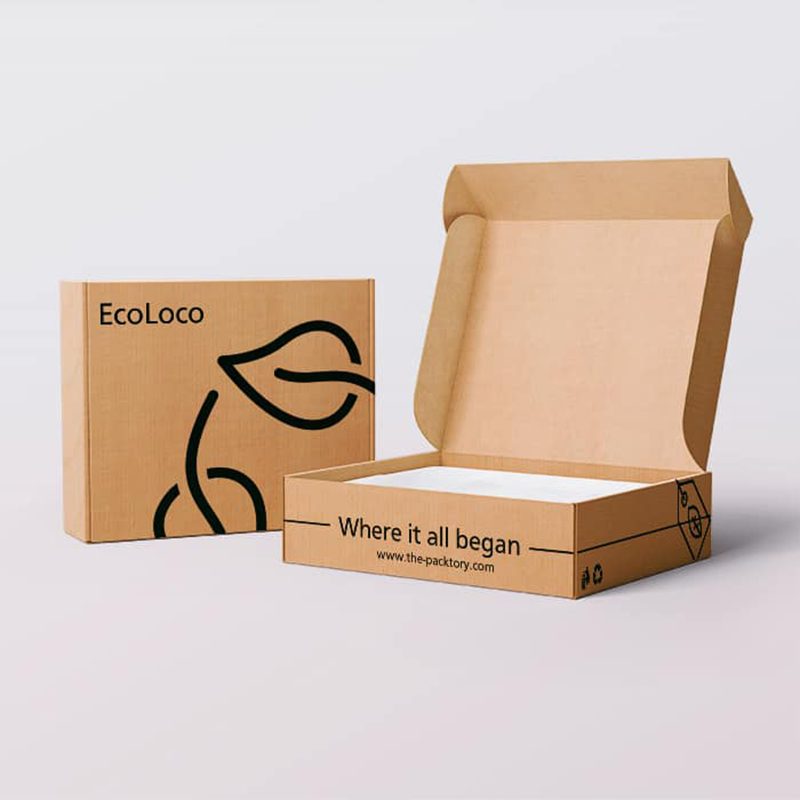
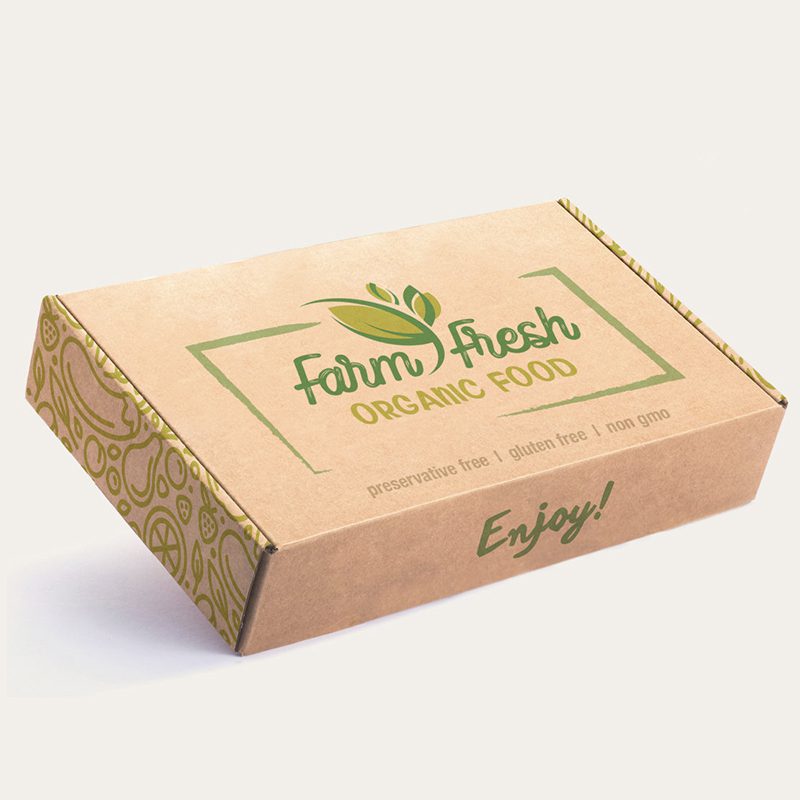
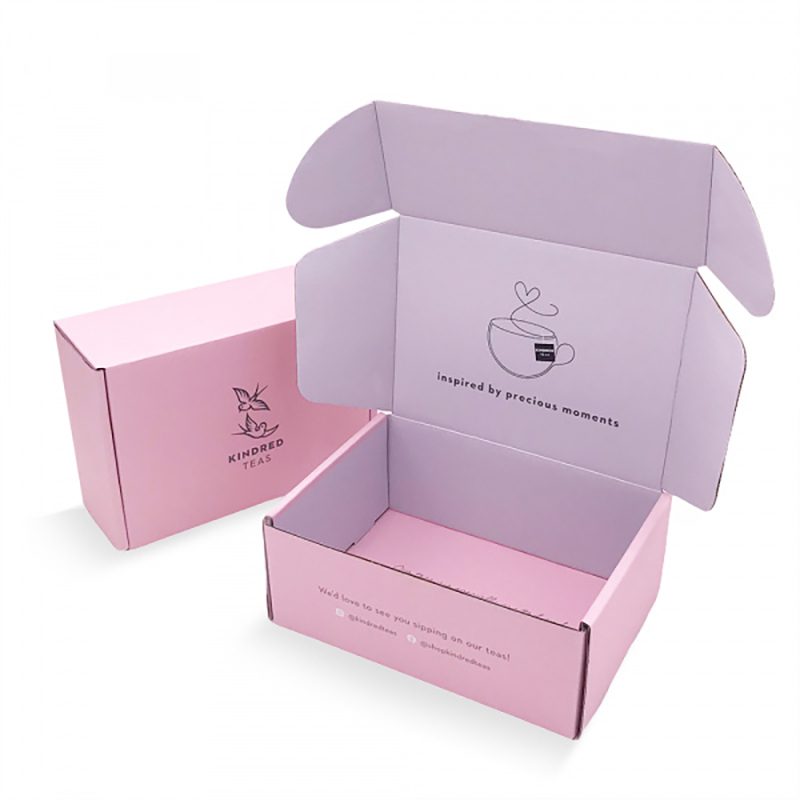
Glansig
Advantages
One of the major advantages of glossy lamination is its ability to enhance the vibrancy of colors and the quality of images on the packaging material, making them appear more vivid and lively. If a brand aims to convey a brighter, youthful feeling, glossy lamination is an ideal choice. Glossy lamination also possesses characteristics such as abrasion resistance, scratch resistance, and moisture resistance. These features make glossy lamination an ideal solution for high-end food packaging, cosmetic packaging, and game packaging.
Disadvantages
Under certain lighting conditions, its reflective nature can make reading text or capturing images of the packaging difficult. Glossy lamination is also more prone to displaying fingerprints and smudges compared to matte lamination. Therefore, the choice of primary colors is crucial in packaging design; lighter colors show fewer fingerprints.
